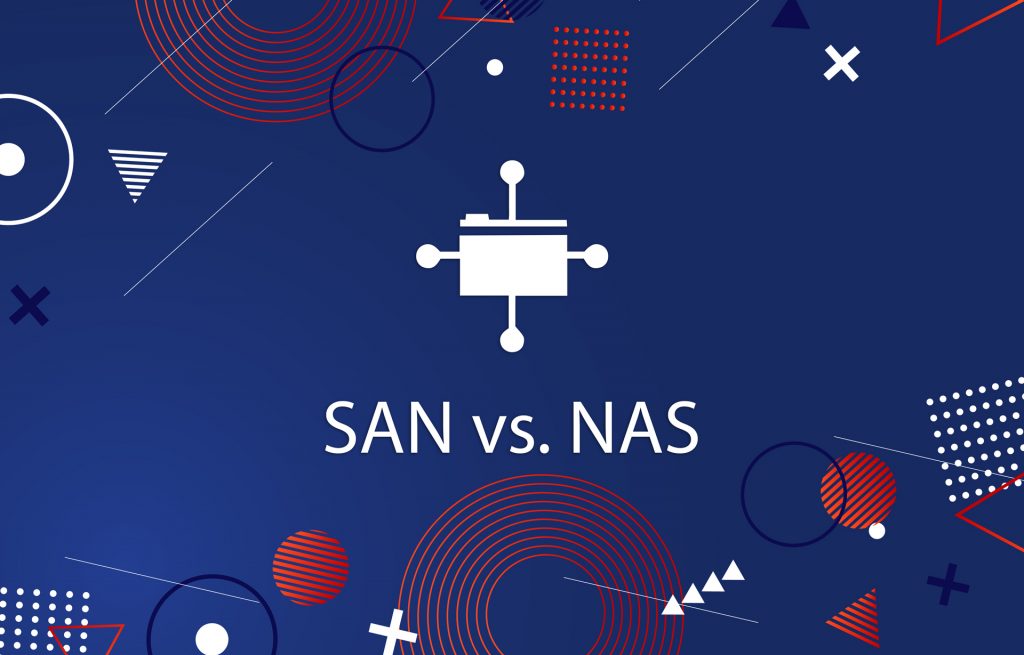Have you noticed how software became an essential part of our lives? We use it every day, for any purpose, and feel quite helpless without it.
We find every application simple and user-friendly, but we don’t have a clue how much work is put into such a helper. Moreover, we don’t even know how much the server-side means in application development.
Software market demands grow every day. A high velocity of technology progress increases standards of software development and server management. In order to stick to this insane pace and strict market requirements on server capacity, infrastructure automation comes to help. As one of the main DevOps practices, infrastructure automation is targeted to help product improvement and evolvement.
Infrastructure automation comes in different names: configuration management, IT management, provisioning, scripted infrastructures, system configuration management, and the list goes on. Regardless the name, the process gives green light to scripting environments which allows managing servers remotely with the help of scripts instead of administering the server in a traditional manual way.

Puppet Automation Tool
Thanks to open source community many configuration management tools are accessible and free, which makes application deployment fast and easy. One of them is Puppet, which has solid 7 years on the market and adherence of more than 30,000 organisations, including Google, Twitter and Oracle. Puppet is a Ruby-based configuration management tool considered an excellent operations and sysadmin-oriented solution. It encompasses the complex of data center orchestration, running on every operating system. Moreover, it offers deep tools for the main OSes. Puppet is is a very scalable service provider that will certainly help you quickly deploy, develop, and efficiently maintain your infrastructure.
Puppet has been on the market for a considerable time and offers a great number of solutions:
- DevOps;
- Cloud Management;
- Infrastructure as Code;
- Security and Compliance;
- Continuous Delivery;
- Automated Testing;
- Application Deployment;
- IT and Networking Automation;
- Configuration Management;
- Microservices and Containers.
Such variety of services helps to get everything you need on one platform and be sure that you create an environment for your product which is both reliable and innovative.
Since there are also different businesses, it is thoughtful to provide different level of services. You can choose the most suitable one for your purposes.
Here are service packages that Puppet offers:
- Open Source Puppet – a free solution, which helps to define infrastructure as code and enforce system configurations. It suits teams that manage a small set of servers.
- Puppet Enterprise is the best for large and complex infrastructures. It is an extended version of Open Source Puppet, and it gives you the capabilities to automatically deliver, update, monitor, and secure your distributed applications and global infrastructure.
Benefits of Puppet Enterprise:
- Orchestration
- Automated provisioning
- Configuration automation
- Visualization & reporting
- Code management
- Node management
- Role-based access control
- Support
With Puppet configuration management tool you can automate your infrastructure and scale it up and down without any manual efforts. Since your infrastructure is modeled in scripts, you can version and test them just as the application code. You can simply choose the suitable service package for your business and be sure that server management will be reliable, secure, and full-fledged.
Ansible Automation Tool
Due to exceeding growth of computing coupled with a need for new technologies, today DevOps engineers and sysadmins have to deal with a much greater number of servers than 15-20 years ago.
Thanks for open source communities we have a lot of alternatives for infrastructure automation tools, which accelerate server management. These tools allow to execute an action on several servers simultaneously, deploy multiple apps with a single click, and, generally, make it much easier to configure and maintain up to thousands of servers.
With these tools we have infrastructure as code, which leads us to DevOps as they:
- Unite the work of coders and deployers, while describing infrastructure in the form of high level code;
- Offer reusable, community authored, peer-reviewed code that can be easily adapted to your needs.
- Encourage takeover of version control, continuous integration, modularity, and reuse.
- Can be easily orchestrated from an overarching CD tool that provides end-to-end traceability (source and artifacts) and visibility.
- Handle a diverse deployment landscape, and in that way eliminate the danger of landscape lock-in as in the case of many proprietary release/deployment automation tools.
Ansible is one of such tools. Designed by Red Hat in 2012, it is Python-based and inbuilt into most Unix and Linux deployments. Ansible is appreciated for its quick deployment and lightweight, no node agent installation, as well as SSH.
Compared to Puppet, Ansible is faster, provides better performance and accepts CLI commands in almost any language. For more complex tasks Ansible configuration is handled via YAML syntax in playbooks (configuration files). Ansible commands can be written in almost any programming language and distributed as universal JSON format, which is clearly a benefit over having to choose a single language. Ansible has a collection of modules that can be used to manage various systems as well as cloud infrastructure such as Amazon EC2 and OpenStack.
Ansible Tasks are idempotent. Bash scripts aren’t usually run safely again and again without some extra-coding. So Ansible uses “Facts” (system and environment information) which are gathered before running Tasks. These facts help to check the state and see if it needs anything to get the desired result. This makes running Ansible Tasks against a server safe.
It uses no agents and no additional custom security infrastructure, which makes it easy to deploy; and it uses a very simple language, that allow you to describe your automation jobs. As always, choosing an infrastructure automation tool depends on your business purposes.
Ansible provides such services as:
- Provisioning;
- Configuration management;
- App deployment;
- Continuous Delivery;
- Security and Compliance;
- Orchestration;
… and the following integrations:
- DevOps tools;
- Infrastructure;
- Networks;
- Containers;
- Cloud.
While using Ansible as one of DevOps practices you get a whole complex of configuration management tools on a single platform, and at the same time you are confident about fast work of your server and reliable service. You will certainly feel the benefits of Ansible while using it for small, quick, or temporary deployments (for example, setting up a server for a one-time project). However, Ansible’s robustness allows companies to use it for larger data center deployments. Just like Puppet, Ansible has a large community, who is continuously improving the service (increases the number of supported devices and improves the GUI).
Also, it would be essential to mention about Ansible Tower – an API/web service designed by Red Hat specifically for IT teams. It is a hub for automation tasks, which allows managing complex deployments and speed productivity. It simplifies the server management and makes the environment secure.
Which one of scripted infrastructures to choose is up to you, as you always know better what is the best for your business. Either Puppet or Ansible, or any other automation tool you choose, you always must consider your project needs, since every project is unique. Think through your expectations, budget, and goals. Still keep in mind that we are open to suggest you all possible solutions and implement them with a high quality.





